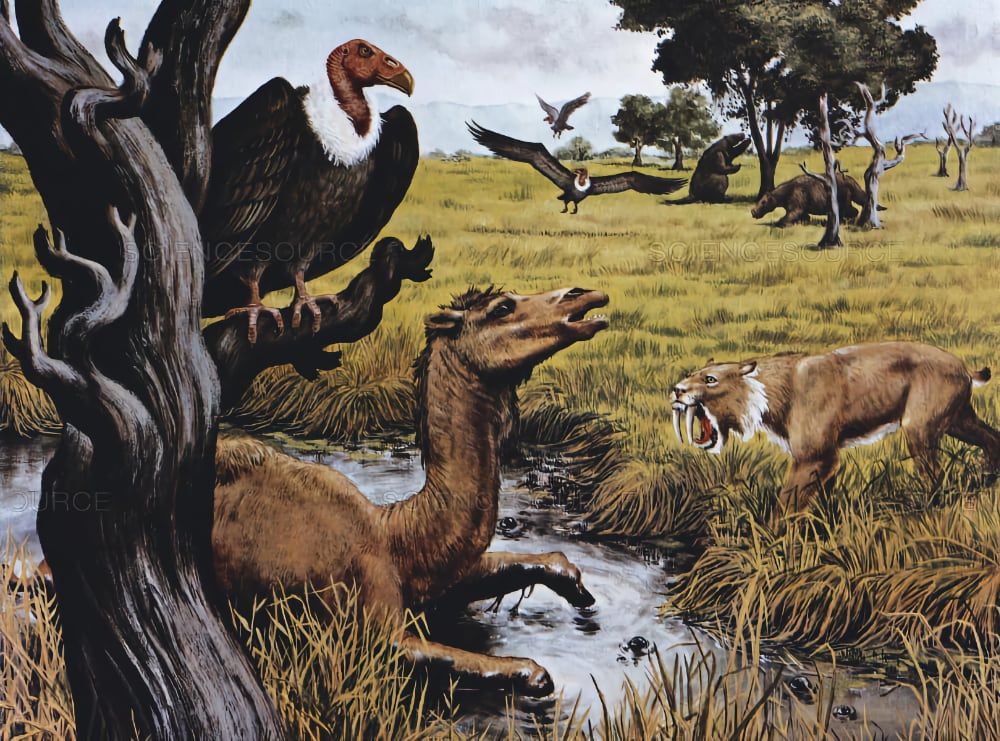
Rewilding urban L.A. with conservation paleobiology
What is truly native to a region? How can we look to our natural past to create a greener future for Los Angeles? These are just some of the questions…
What is truly native to a region? How can we look to our natural past to create a greener future for Los Angeles? These are just some of the questions that our IoES Practicum team aims to answer. In collaboration with The La Brea Tar Pits & Museum and the Natural History Museum (NHM) of Los Angeles County, our IoES team will have the unique opportunity to execute the first case study of conservation paleobiology applied in an urban setting. The City of Los Angeles lies within a globally recognized biodiversity hotspot, with its current ecosystem being remarkably different than the ecosystem of Southern California 22,000 years ago. This concentration of biodiversity has provided a large catalog of fossil records spanning over 2 million years.
Using the data from these fossil records, our team will create several models of past, present and future distributions and niches of the biodiversity found throughout the city. Through our models and analysis of the urban fossil record, we will inform conservationists, city planners, and community stakeholders about the historical biodiversity distribution of Los Angeles County for application in sustainable development and climate change resiliency.

